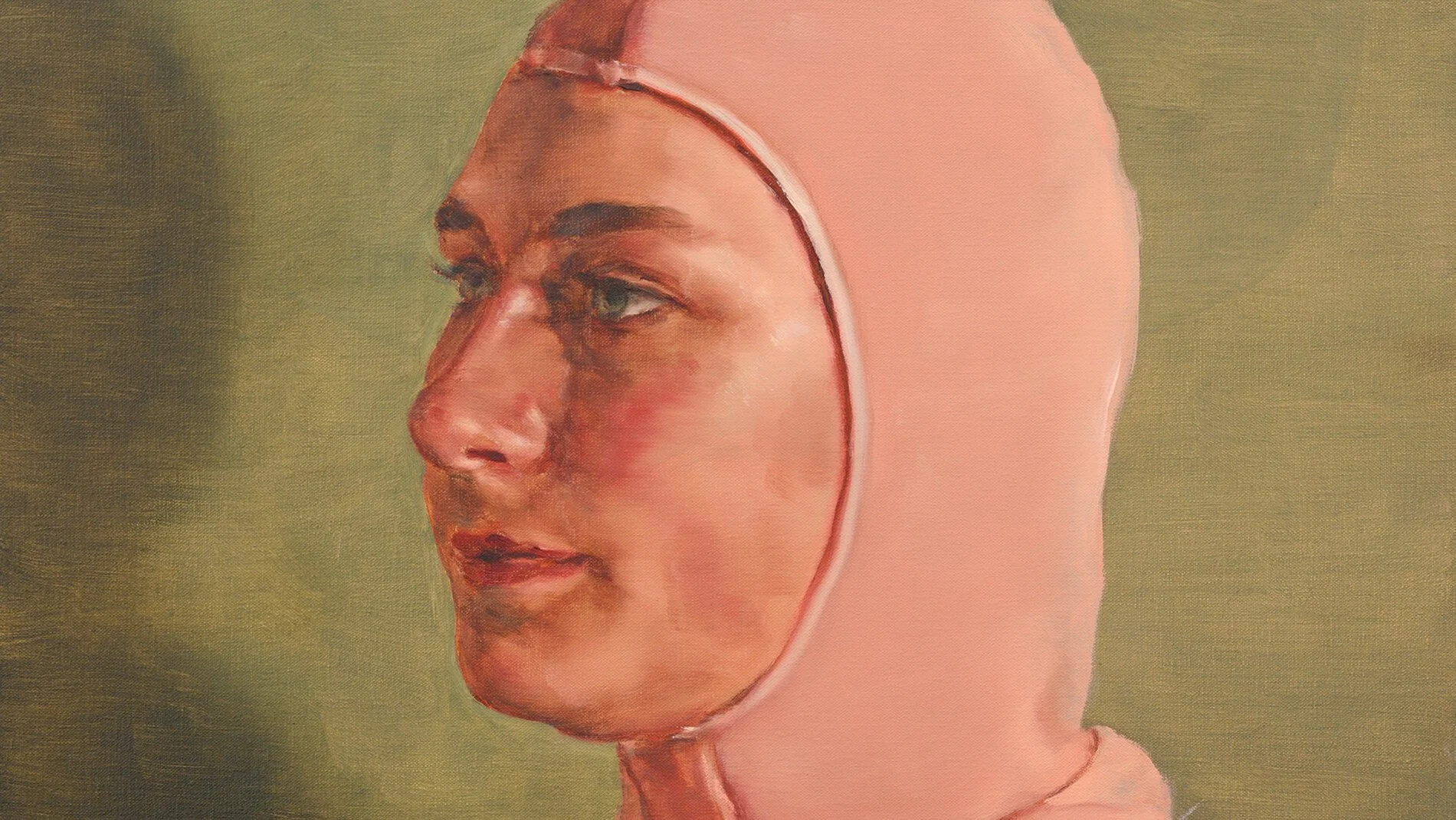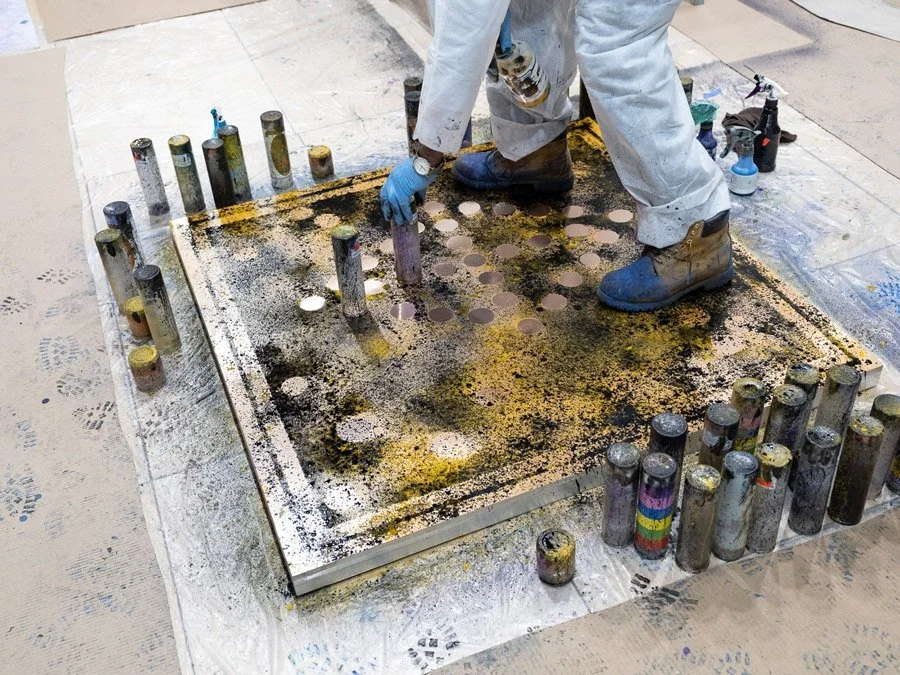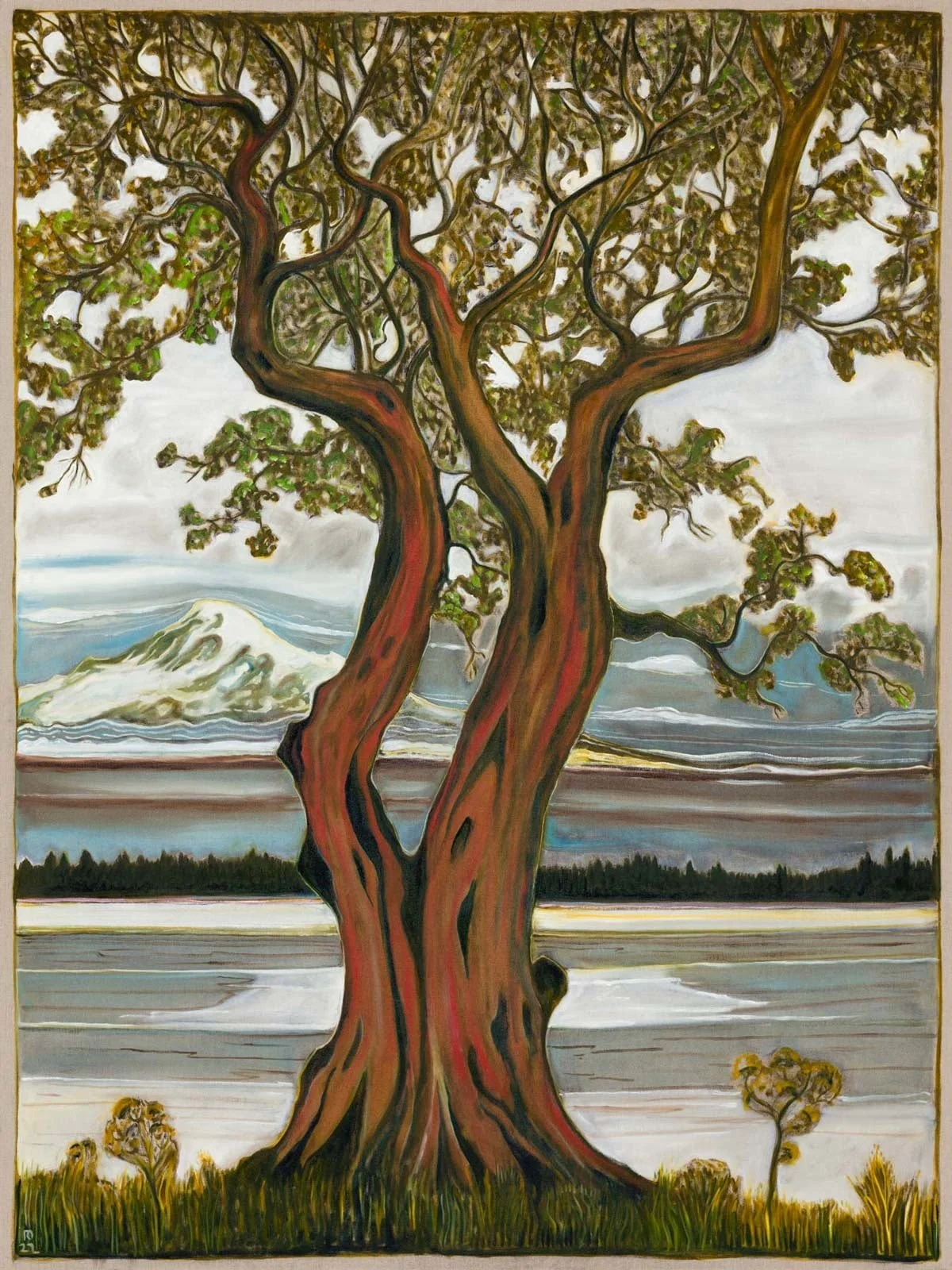Michaël Borremans
“The Acrobat”
New York, 525 West 19th Street
Over the last twenty years, Borremans has gained international recognition for his innovative approach to painting. Combining technical mastery with subject matter that defies straightforward interpretation, his charged canvases address universal themes with a specifically contemporary complexity. As the artist notes, “I try to be introspective in painting, to have a certain silence in the image.… I want to create an image that just sticks out and doesn’t leave you alone. That could also be due to something irritating I put into the work, or an element of beauty. It can be both.”1
Over the last twenty years, Borremans has gained international recognition for his innovative approach to painting. Combining technical mastery with subject matter that defies straightforward interpretation, his charged canvases address universal themes with a specifically contemporary complexity. As the artist notes, “I try to be introspective in painting, to have a certain silence in the image.… I want to create an image that just sticks out and doesn’t leave you alone. That could also be due to something irritating I put into the work, or an element of beauty. It can be both.”1
Michaël Borremans, Milk (or The Acrobat) (Design for a Sculpture), 2021 (detail). © Michaël Borremans
Created over the last two years during the global pandemic, the eight portraits and seven scenographic compositions in The Acrobat are imbued with pending questions and underlying tensions that operate on multiple registers. Borremans seemingly revisits subject matter from his own body of work, introducing new and varied meanings in every iteration of his mysterious compositions. As the writer Katya Tylevich observes, “Yes, these are paintings made across two years of a global pandemic, and an allegory of isolation leaps out in a puff of confetti. Then again, Borremans’s works have always cautioned against standing too close.”2
The painting from which the exhibition takes its title, The Acrobat (2021), depicts the bust of an androgynous figure in three-quarters profile, wearing a rose-pink balaclava, a recent recurring motif for the artist, which appears again here in the painting The Double (2022). Borremans also paints his subjects in reflective hooded puffers, seemingly situating them in our present day, though little is revealed about the setting in which they are shown. Rusty pigment is smeared over faces and arms in The Racer and The Cutter (both 2022). In his portraiture, these familiar visual cues serve simultaneously to invite viewers in and to keep them at bay. Titles such as The Pilot (2021), The Apprentice (2022), and The Witch (2022) further connect the portrayed to certain historical archetypes, yet resist narrativization. The lack of specific context in the work provides an open yet intensely charged atmosphere.
In addition to portraits that honor and subvert the associations of the genre, several new paintings on panel are realized on an intimate scale that draws the viewer into them. This play with scale is further explored through the paintings’ imagery: enigmatic scenes of groups of figures looking at what appear to be large glass vitrines. Depicted from an elevated vantage point, the characters and settings seem staged, as though they are miniature models rather than real figures. In Borremans’s characteristic painterly style, these works feature striated brushstrokes that delineate anachronistic backdrops in a palette of earthy browns, greens, and oranges. Devoid of specific historical or geographical markers, Five Writers (Design for a Sculpture), The Fog (Design for a Sculpture), and With Animals (all 2021) seem to depict formally dressed characters surveying rectangular, sealed display cases that ostensibly hold other figures in unlikely configurations.
In this recent body of work, the artist continues to explore surface and artifice in his careful consideration of mise-en-scène. As Tylevich notes, “Art is just one object with which to fill a vitrine. Mounted butterflies another, cuts of meat or war medals other still. As metaphors, the contents of Borremans’s display cases are any or all of the above. It is the vitrine, and not the human, that is the recurring character across The Acrobat’s landscape paintings, which really aren’t landscapes, deceitful as they are, just as The Acrobat’s portraits really aren’t portraits. The vitrine has a mystical quality here. Despite the nature surrounding it, the glass remains clean of tree sap, bird droppings, and fingerprints. It is, apparently, a newcomer. Somebody offstage might care devotionally for the structure, perhaps the artist himself.”3







